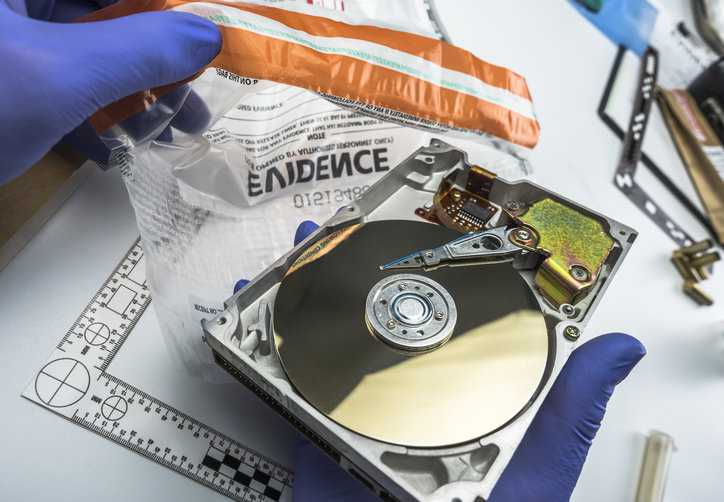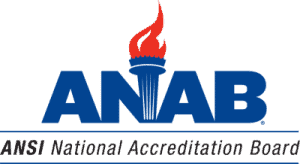Controlling Property and Evidence with Accreditation

Property and evidence can be any form or any size. Evidence can range from liquid blood to the vapor residue of gasoline and fluctuate in size from a fiber to a freight car. Property can be almost as bad. This nature makes managing both property and evidence a real challenge for any organization. Law enforcement or other criminal justice organizations need to remain confident that they maintain and implement appropriate policies, have a competent and trained staff, and provide adequate facilities to ensure the integrity of the items entrusted to their care.
How Can an Organization Control Property and Evidence?
It doesn’t take much of an internet search to find horror stories due to inappropriate facilities or poorly implemented policies, or training. From mice eating marijuana to inadvertently destroying evidence, failure to properly manage the items in the care of criminal justice organizations can affect the successful prosecution of criminals or reduce the ability to exonerate the innocent. Failures in this arena are quickly publicized and sternly judged, eroding public trust, and damaging an organization’s credibility.
Properly controlling property and evidence is a duty of critical importance to the entire criminal justice process, but often falls on local law enforcement to execute. How does this organization know if they are properly identifying, tracking and securing these items, retaining appropriate records, and appropriately monitoring personnel? To support this vital service, ANAB has recently launched an accreditation program specifically designed to address these concerns and minimize organizational risk in this area.
ANAB Property and Evidence Control Unit Accreditation
The requirements outlined in the “Accreditation Requirements for the Management and Operation of Property and Evidence Control Units” cover major functional areas such as personnel training and integrity, facilities access, equipment usage and maintenance, item handling, and storage. These requirements were designed to evaluate organizational policies against the sector’s best practices without being overly prescriptive. ANAB understands that organization’s need the operational control to organize and manage their property room efficiently and effectively to react to local needs or legislative mandates and maintain their budget.
Organizations need flexibility to manage the complex arena of property and evidence, so it is up to them how to organize, manage, and control:
- Electronic media from body and dash cameras to cell phones, computers surveillance video.
- Biological material gathered in sexual abuse and violent assault investigations.
- High value items such as currency and jewelry seized in asset forfeiture judgements.
- Dangerous items like flammable or explosive material
However, even the best policies are not going to achieve the desired results without proper implementation.
During the accreditation process, ANAB property and evidence experts will evaluate the organization’s written policy, the implementation of those policies with onsite witnessing, and interviews. ANAB will also review any internal audits and confirm any inventories conducted by personnel. This process will give confidence that the organization is meeting sector specific expectations and provide an unbiased accounting of any anomalies or irregularities observed in the inventory of items. An accredited property and evidence control room is arguably the best way to reduce liability exposure and increase the defensibility of policies and overall credibility in the community.
Learn more about Property and Evidence Control Unit Accreditation.






